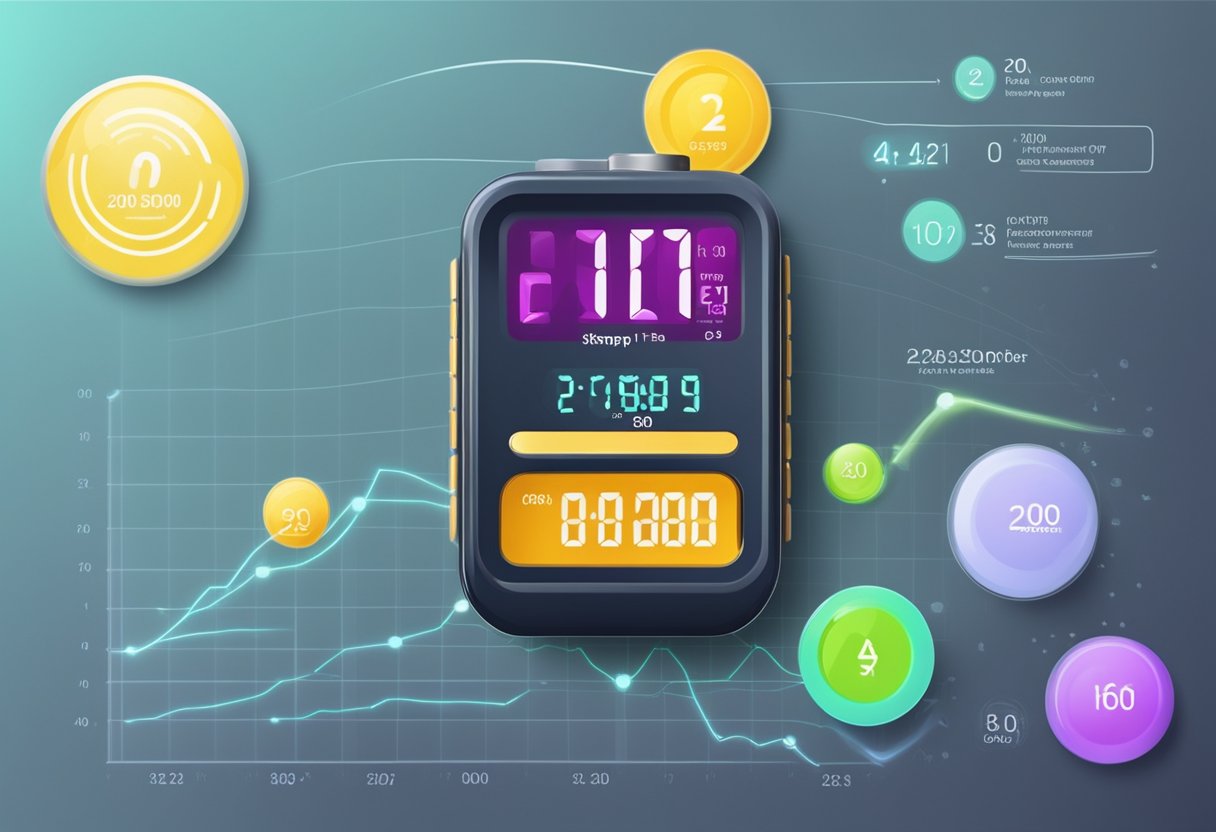Effective Strategies to Manage Hypotension: What to Do When Experiencing Low Blood Pressure
Hypotension, or low blood pressure, can lead to a range of uncomfortable symptoms. Understanding effective management strategies is essential for those affected by this condition. Here, we explore practical steps and home remedies for dealing with hypotension.

Understanding Hypotension
Hypotension, defined as blood pressure less than 90/60 mmHg, can cause dizziness, fainting, and fatigue. If you've been experiencing these symptoms, it’s crucial to know what to do about it. In this article, we’ll focus on specific actions to take and lifestyle changes to consider, responding directly to the question: was tun bei Hypotonie?
Immediate Actions to Take
- Sit or Lie Down: If you feel faint or dizzy, sit down immediately or lie down to prevent any potential falls.
- Hydrate: Drink water or a sports drink to improve hydration, which can help increase blood volume.
- Eat Something Salty: Increasing sodium intake can raise blood pressure temporarily. Snack on pretzels, olives, or salted nuts.
Dietary Changes
Your diet plays a significant role in managing hypertension. Here are specific dietary changes and foods that can help:
- Increase Fluid Intake: Aim to drink at least 2-3 liters of water daily. Hydration helps boost blood volume.
- Eat Small, Frequent Meals: Large meals can cause blood pressure to drop. Opt for smaller meals throughout the day to maintain stable blood pressure levels.
- Incorporate Electrolytes: Foods rich in potassium, magnesium, and sodium can help fend off hypotension. Include bananas, spinach, and chicken broth.
Lifestyle Adjustments
Making certain changes to your daily routine can effectively manage and even prevent hypotension. Consider the following:
- Avoid Prolonged Standing: If your job requires standing for long periods, take breaks or find opportunities to sit down.
- Change Positions Slowly: When transitioning from sitting or lying down to standing, do so slowly to allow your body to adjust.
- Wear Compression Stockings: These can help promote better blood circulation and reduce pooling in the legs, aiding those with postural hypotension.
Natural Remedies and Supplements
Some people find relief from hypotension symptoms through natural remedies. Here are a few to consider:
- Licorice Root: This herb may raise blood pressure. However, consult with a healthcare provider before use, as it can interact with certain medications.
- Ginseng: Known for its adaptogenic properties, ginseng may help regulate blood pressure. Again, it’s important to seek medical advice prior to taking new supplements.
When to Seek Medical Help
While many cases of hypotension can be managed at home through diet and lifestyle changes, there are instances where medical attention is necessary:
- If you experience persistent symptoms such as confusion or fainting.
- If you notice a significant drop in blood pressure that doesn’t recover after self-care measures.
- If you develop other alarming symptoms such as chest pain, difficulty breathing, or a rapid heartbeat.
Consulting a Healthcare Professional
If hypotension becomes a recurrent issue, consulting a healthcare provider is crucial. They may conduct tests to rule out possible underlying conditions, such as:
- Heart problems
- Endocrine issues
- Dehydration
Doctors may recommend medications to help raise blood pressure depending on the diagnosis.
Conclusion
Dealing with hypotension can be challenging, but understanding what to do when experiencing low blood pressure makes a significant difference. From immediate actions to dietary adjustments and lifestyle changes, there are several effective strategies to manage this condition. Whenever necessary, do not hesitate to seek medical help to ensure your safety and health.
New posts

Effective Strategies to Lower Blood Pressure
Fitness

Navigating Low Blood Pressure and High Pulse: Key Insights
Wellness

Combatting Fatigue from Low Blood Pressure: Causes and Solutions
Lifestyle

Understanding Low Blood Pressure at Night: Causes, Symptoms, and Management
Wellness

Understanding Ruhepuls 60: A Guide to Optimal Heart Rate
Fitness

Understanding Ruhepuls 45: The Ideal Resting Heart Rate for Your Health
Fitness

Low Blood Pressure and Trembling: Understanding the Connection
Wellness

Understanding Normal Pulse Pressure: What You Need to Know
Lifestyle

Understanding Normal Pulse Rates: What Is a Normal Pulse?
Fitness

Understanding Pulsdruck: Key Insights into Your Blood Pressure Dynamics
Wellness
Popular posts

Understanding Low Diastolic Blood Pressure: Causes, Risks, and Management
Wellness

Understanding Low Diastolic Blood Pressure: Causes and What to Do
Wellness

Understanding Puls Unter 60: When Low Heart Rates Become Concerning
Fitness

Understanding Low Blood Pressure Symptoms in Men
Wellness

Understanding the Ruhepuls Tabelle: A Comprehensive Guide
Fitness

Low Blood Pressure and Trembling: Understanding the Connection
Wellness

Understanding Ruhepuls 50: What It Means for Your Heart Health
Fitness

Understanding Normal Pulse Pressure: What You Need to Know
Lifestyle

Understanding Low Blood Pressure and Its Effect on Vision Disturbances
Health

Understanding Wrist Blood Pressure Monitoring: A Comprehensive Guide
Wellness